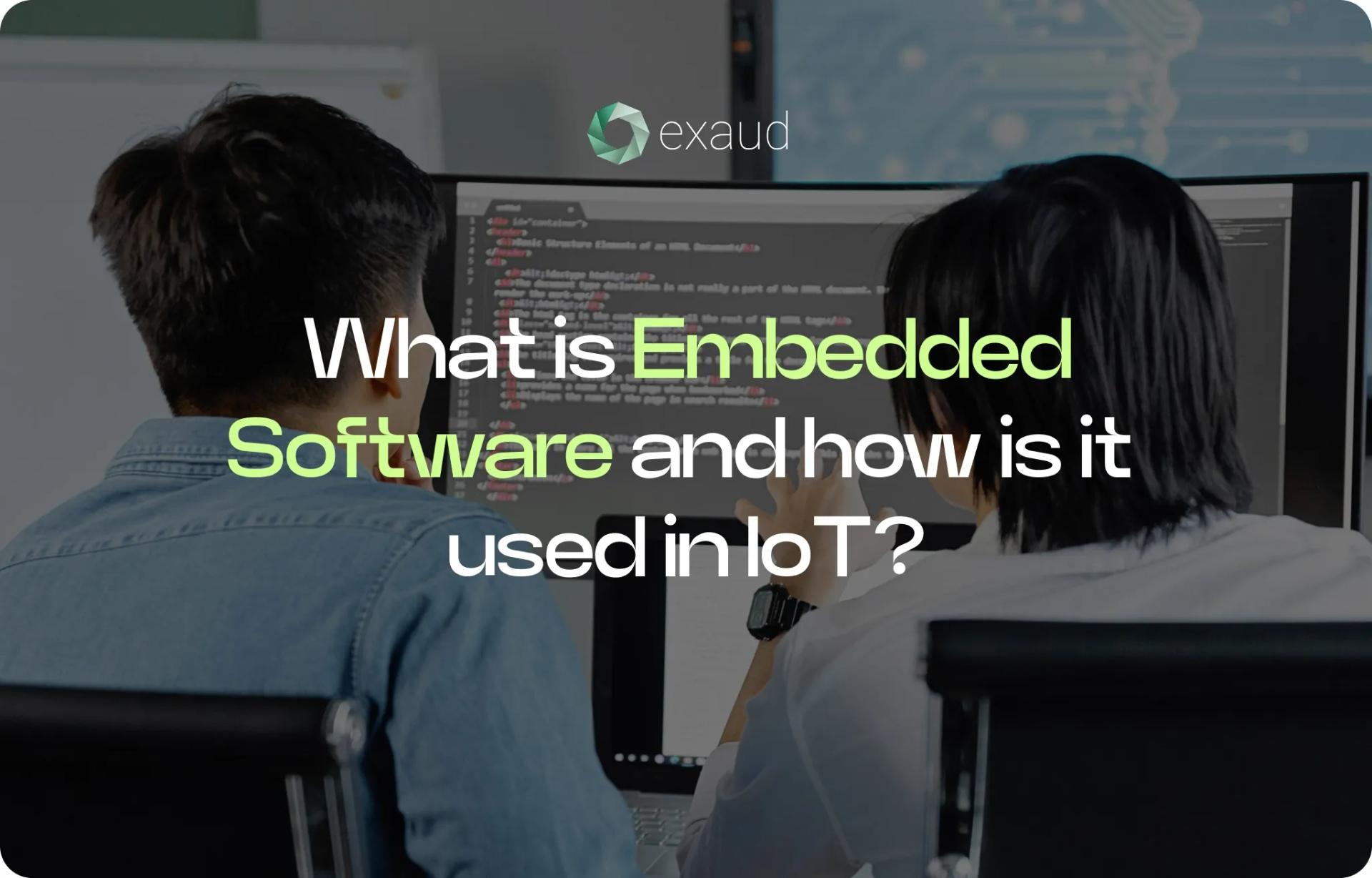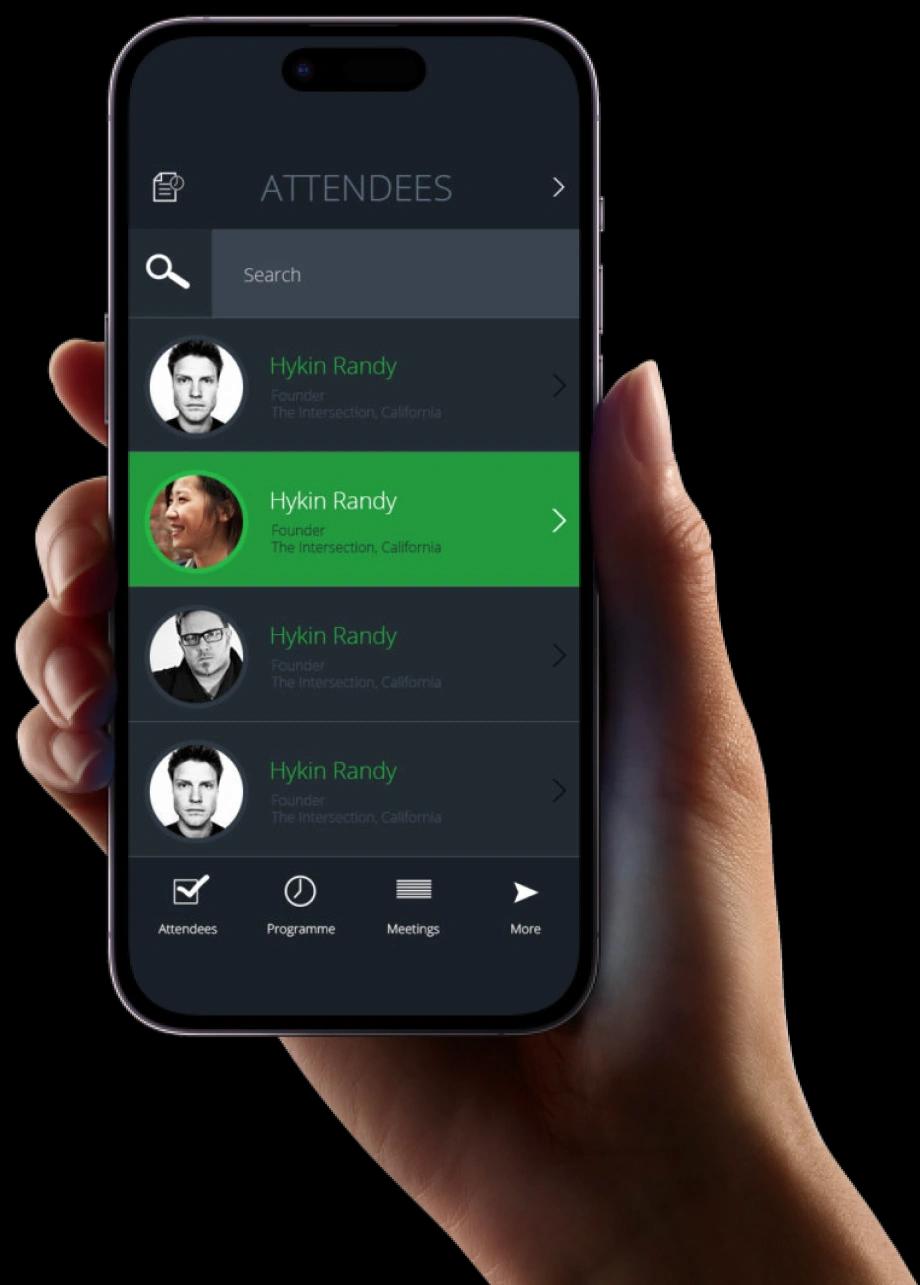Exaud Blog
Blog

What is Embedded Software and how is it used in IoT?
Discover the role of embedded software in IoT devices, its applications across industries, and best practices for implementation. Posted onby Exaud
We’re surrounded by smart devices, from the thermostat that learns your routine to the wearable that tracks your heart rate in real-time. But behind all this “smartness” isn’t magic. It’s embedded software quietly doing the heavy lifting, connecting hardware with intelligence.
In the world of IoT, where billions of devices talk to each other and make decisions on the fly, embedded software is what makes it all work. It’s not just lines of code, it’s what tells your washing machine when to spin or your factory sensor when to send an alert. If you're thinking about building an IoT product or just want to understand what makes these devices actually do things, it starts with getting to grips with embedded software.
Understanding Embedded Software
Embedded software refers to computer programs designed to perform specific functions within a larger mechanical or electrical system. Unlike general-purpose software, embedded software is tailored for dedicated tasks, often operating with real-time constraints and limited resources.
In the context of IoT, embedded software enables devices to process data, make decisions, and communicate with other systems or networks. This software is typically stored in non-volatile memory and runs on microcontrollers or microprocessors within the device, but this has changed with the improvements and ubiquity of flash memory.
The Role of Embedded Software in IoT
Embedded software is the backbone of IoT devices, facilitating their core functionalities:
Data Collection and Processing: Sensors gather data, which embedded software processes to extract meaningful information.
Communication: It enables devices to transmit data to other devices or cloud services using protocols like MQTT, CoAP, or HTTP.
Control Functions: Embedded software manages actuators and other hardware components to perform specific actions based on processed data.
Security: It implements security measures to protect data integrity and prevent unauthorized access.
For a deeper dive into how embedded software integrates with hardware, explore our article on What Is Custom Software Development.
Key Components of Embedded Software in IoT
Firmware
Firmware is the foundational layer of embedded software, consisting of low-level code that directly interfaces with hardware components. It is typically stored in non-volatile memory (such as ROM or flash) and is responsible for initializing hardware, managing basic operations, and providing an abstraction layer for higher-level software. Firmware ensures that the hardware functions correctly and efficiently, serving as the bridge between the physical components and the software stack. Oftentimes, Firmware (or an image, an OTA or ROM) is used to define all the software that the device manufacturer produces for the hardware, so it can include all the next items (OS, Apps, drivers...).
Device Drivers
Device drivers are specialized software components that facilitate communication between the operating system and hardware peripherals. They translate general OS commands into device-specific operations, enabling the system to interact with various hardware components like sensors, actuators, or communication interfaces. Device drivers are essential for ensuring that hardware components function correctly within the embedded system.
Real-Time Operating System (RTOS)
An RTOS is designed to manage hardware resources and ensure timely task execution within embedded systems. It handles task scheduling, interrupt management, and inter-process communication, enabling the system to respond to real-time events promptly. RTOSs are crucial in applications where timing and reliability are critical, such as in automotive or medical devices.
Middleware
Middleware acts as an intermediary layer between the operating system and application software. It provides services such as communication protocols, data management, and device management, facilitating interoperability and simplifying application development. Middleware enables different components of the system to communicate effectively, often abstracting the complexities of the underlying hardware and network protocols.
Application Software
This is the top layer of embedded software, handling higher-level functions tailored to specific use cases. Application software may include user interfaces, data analytics, or control algorithms, depending on the device's purpose. It leverages the services provided by the underlying layers to deliver the desired functionality to end-users.
These components work together to ensure IoT devices operate reliably and efficiently.
Applications of Embedded Software in IoT
Embedded software's versatility allows it to be applied across various industries:
Industrial Automation
In manufacturing, embedded software controls machinery, monitors processes, and collects data for predictive maintenance. This enhances efficiency and reduces downtime.
Healthcare
Medical devices like insulin pumps or heart monitors rely on embedded software to function accurately and securely, ensuring patient safety.
Automotive
Modern vehicles use embedded software for engine control, infotainment systems, and advanced driver-assistance systems (ADAS).
Consumer Electronics
Smart home devices, such as thermostats and security cameras, utilize embedded software to provide automation and remote control features.
In devices where embedded software supports user-facing features, like smart displays or automotive systems, UX performance becomes tightly linked to low-level code efficiency. If you're curious how design and technical performance intersect, check out our article on UI/UX impact on software performance.
Challenges in Developing Embedded Software for IoT
Developing embedded software for IoT devices presents unique challenges:
Resource Constraints: Limited processing power and memory require efficient coding practices.
Security Risks: Ensuring data protection and device integrity is paramount.
Interoperability: Devices must communicate seamlessly across different platforms and protocols.
Scalability: Software should accommodate future updates and integrations.
Addressing these challenges necessitates expertise in both software development and hardware integration.
Best Practices for Implementing Embedded Software in IoT
1 Modular Design: Develop software in modules to facilitate updates and maintenance.
2 Robust Testing: Implement thorough testing procedures to identify and fix issues early.
3 Security Measures: Incorporate encryption, authentication, and regular security audits.
4 Compliance Standards: Adhere to industry standards and regulations to ensure compatibility and safety.
Embedded software is what brings intelligence to connected devices, but designing it right isn’t simple. It takes deep technical know-how, a solid understanding of hardware constraints, and the ability to plan for long-term scalability and security.
At Exaud, we’ve helped businesses across industries build robust, high-performance embedded systems, whether for industrial automation, consumer tech, or automotive innovation.
If you're looking to develop an IoT solution that actually works in the real world, fast, stable, and secure, we're here to help you build it right from the start.
Related Posts
Subscribe for Authentic Insights & Updates
We're not here to fill your inbox with generic tech news. Our newsletter delivers genuine insights from our team, along with the latest company updates.